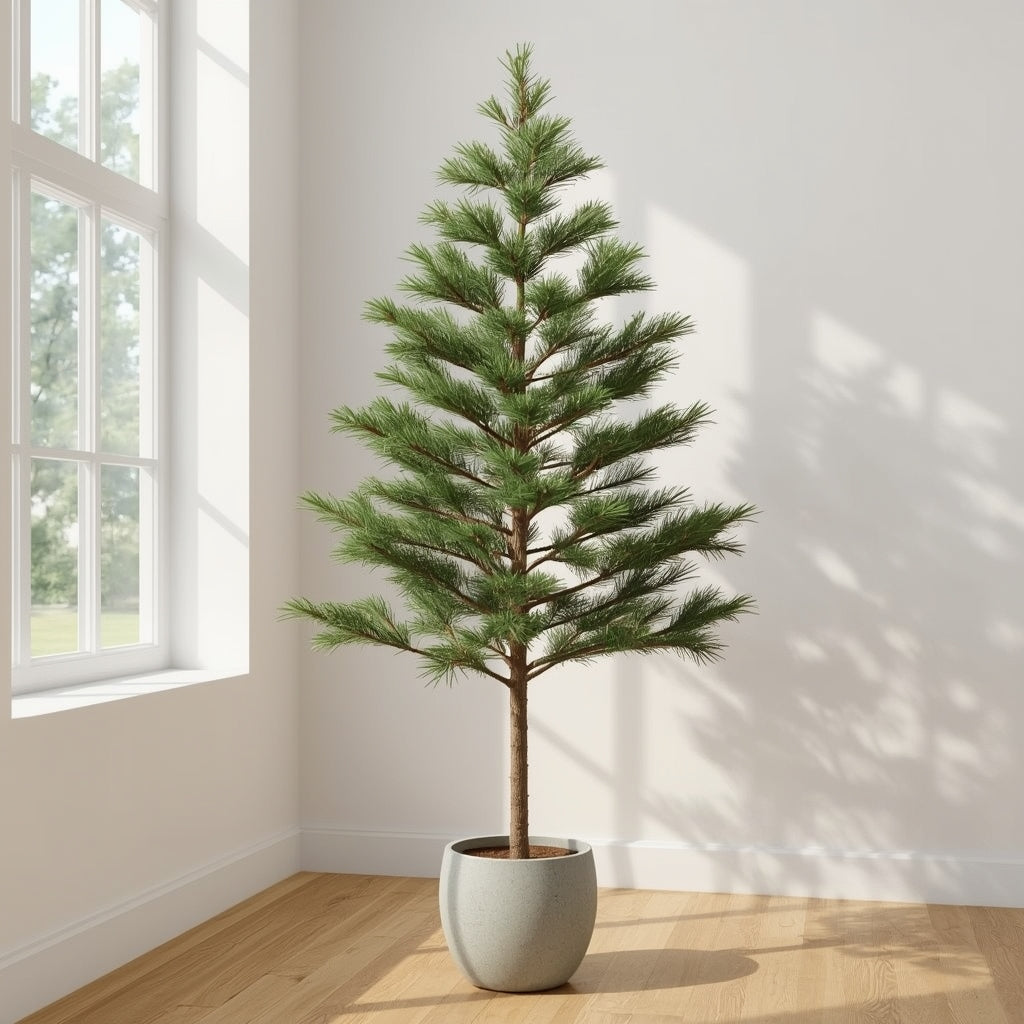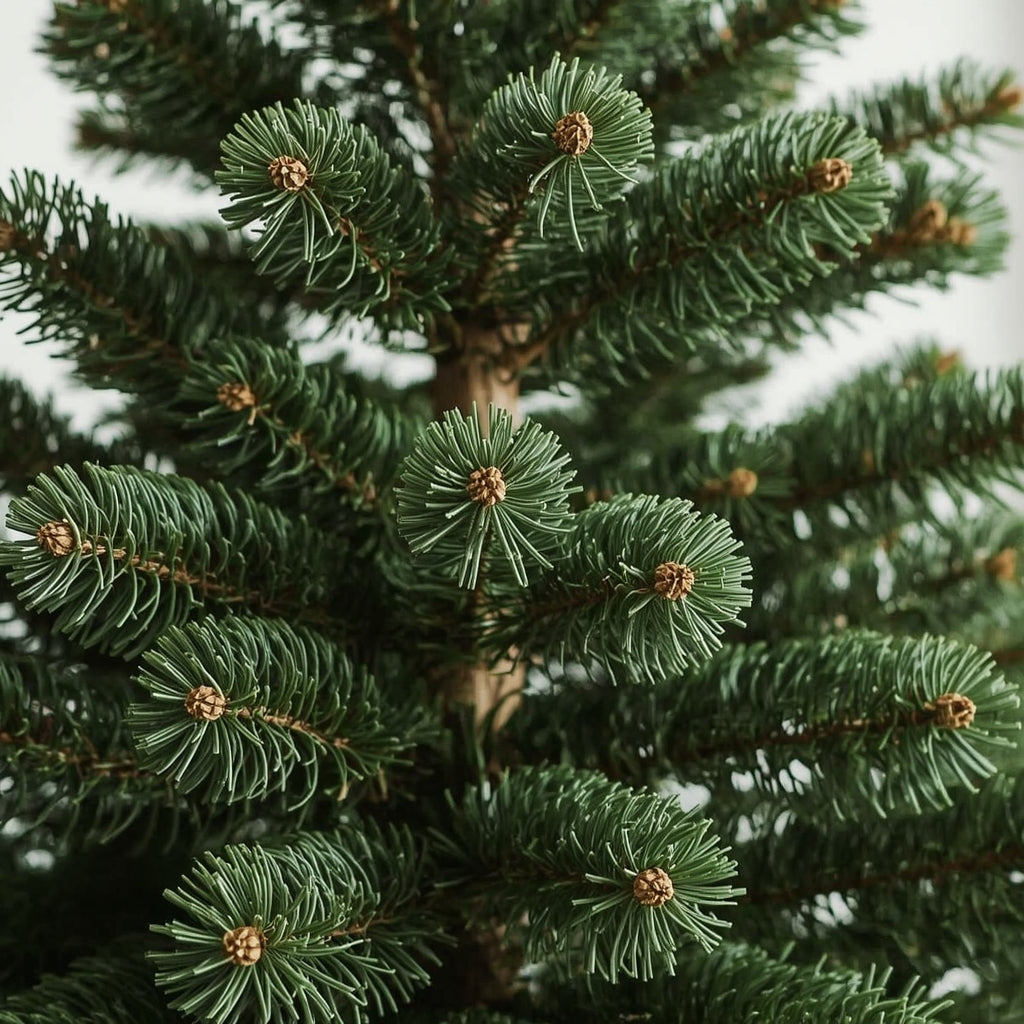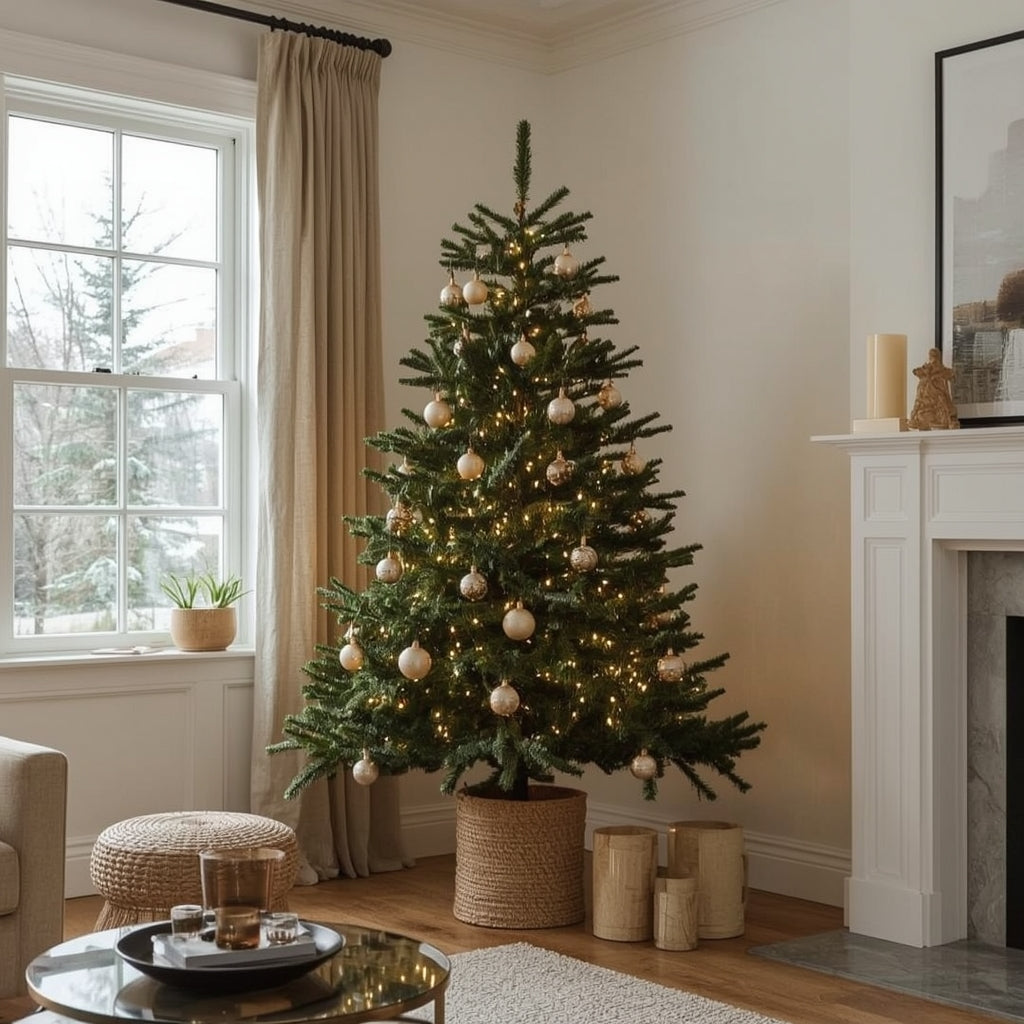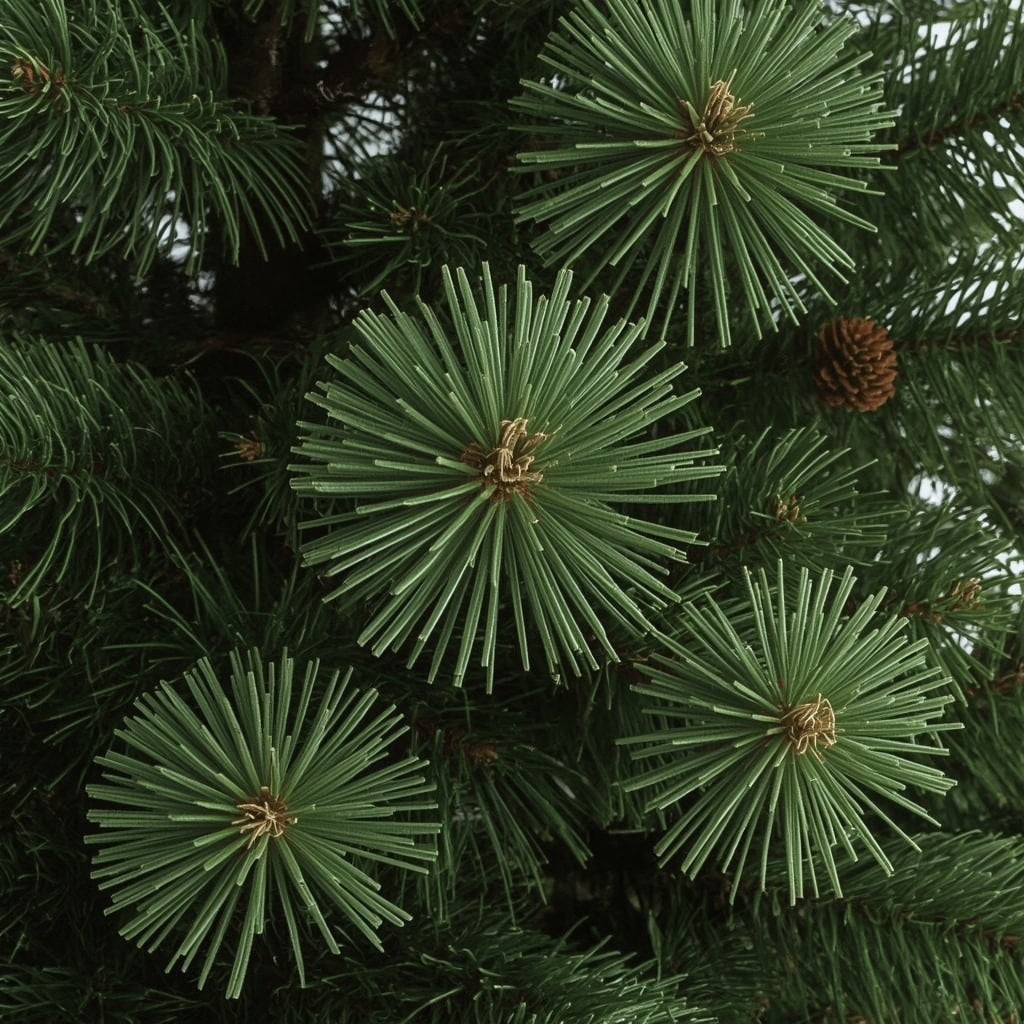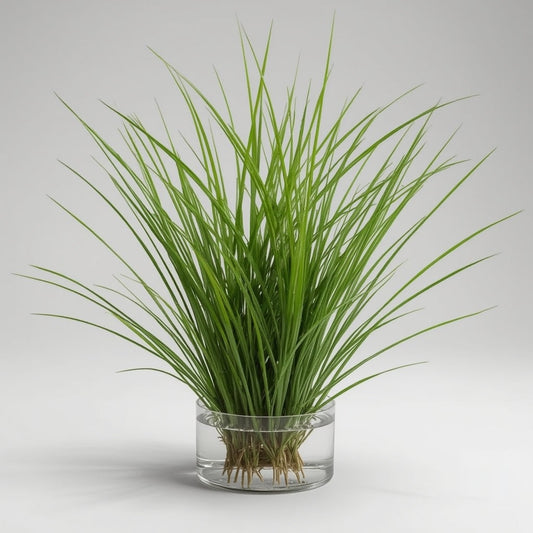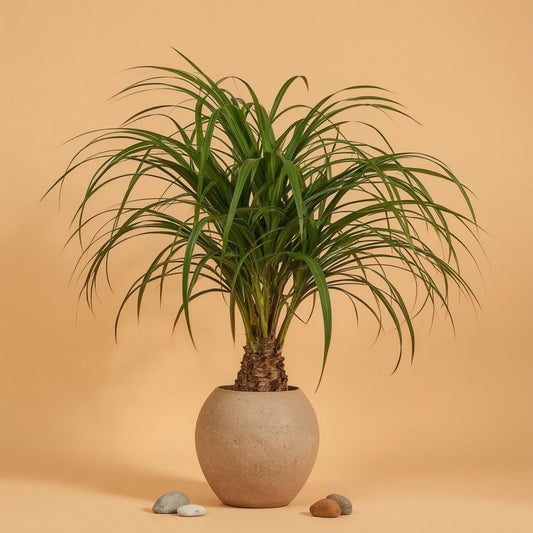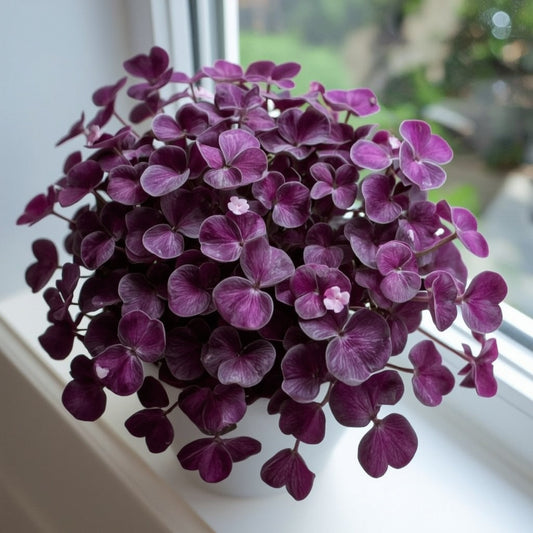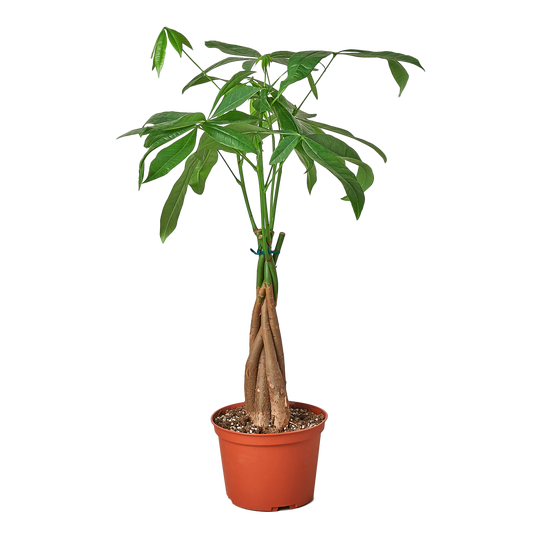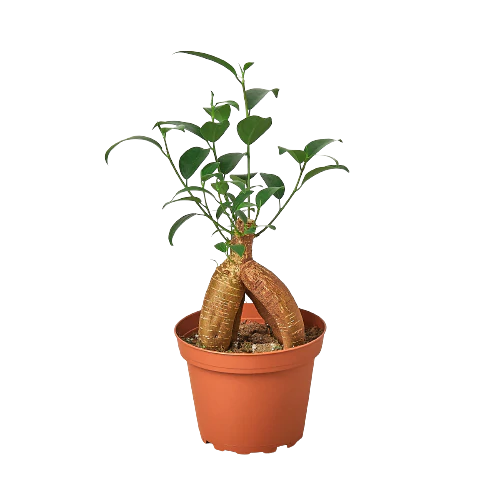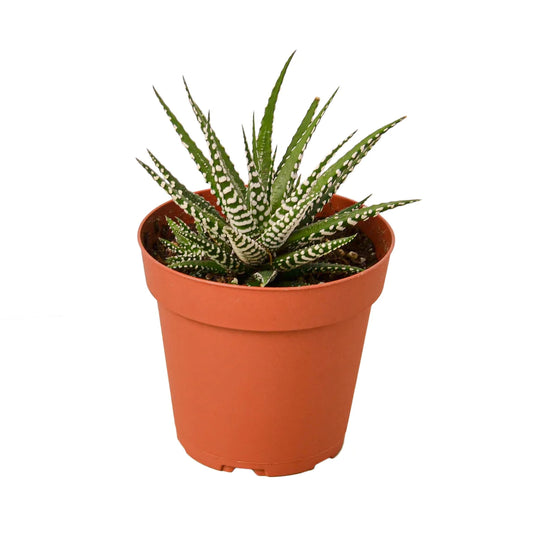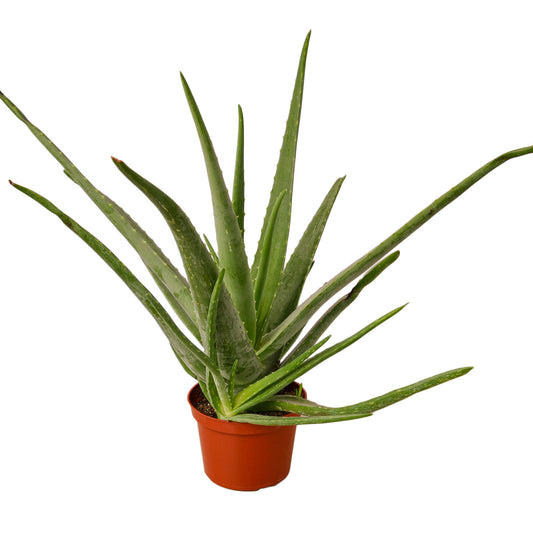Norfolk Island Pine: Living Christmas Tree Indoors
Plant Care Summary
Light
Bright, indirect light near large windows; can handle some direct sun.
Water
Allow soil to dry slightly between waterings; avoid overwatering.
Humidity
Moderate humidity (40-50%); benefits from occasional misting.
Temperature
65–70°F (18–21°C), prefers cooler conditions than most houseplants.
Fun Facts
Ancient lineage
Belongs to an ancient family of conifers that existed during dinosaur times.
Perfect symmetry
Grows in mathematically precise whorls with branches radiating at exact angles.
Living decoration
Can be decorated with lights and ornaments like a traditional Christmas tree.
Slow and steady
Grows very slowly indoors, making it a long-term companion plant.
Sad Plant Signs
Brown needle tips
Usually indicates low humidity or fluoride in tap water.
Dropping lower branches
Normal aging process, but excessive drop may indicate stress.
Yellow needles
Often caused by overwatering or poor drainage.
Leaning growth
Needs to be rotated regularly for even growth toward light source.

